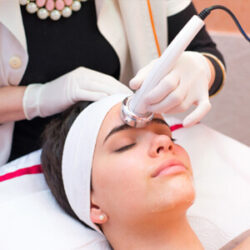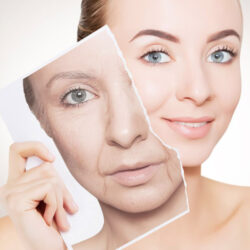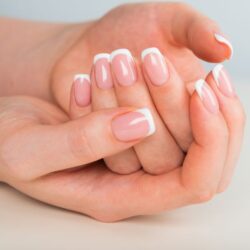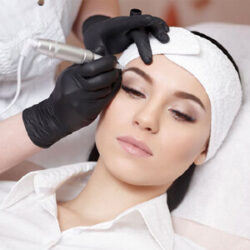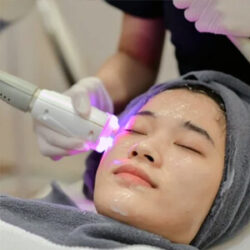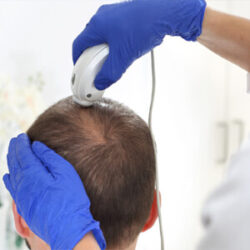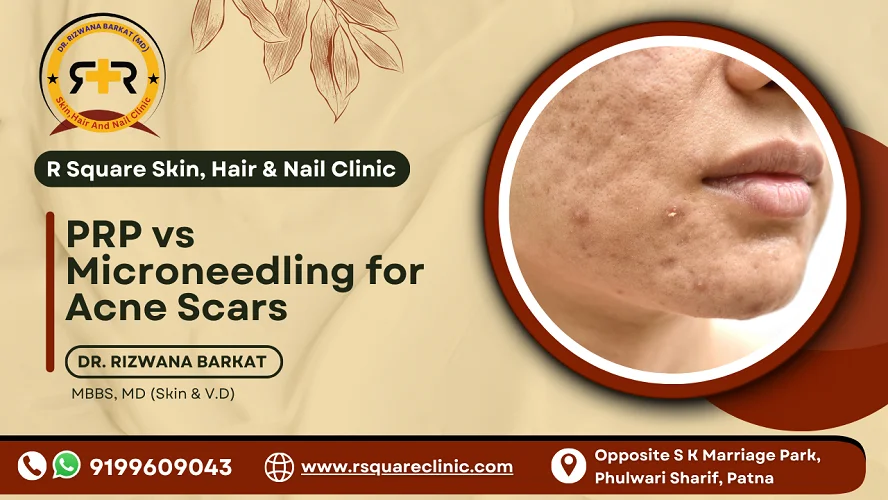Acne scars can negatively affect a person’s self-confidence and quality of life as a reminder of their past acne breakouts. These marks range from shallow depressions to deep pitted scars, affecting skin texture and appearance.
Fortunately, modern dermatology provides successful treatments to resolve these skin issues. The two most widely used treatments for acne scars are PRP (Platelet-Rich Plasma) therapy and microneedling.
However, these two treatments use different approaches to enhance skin texture while making scars less visible.
Today’s comprehensive analysis is for those who have been pondering over getting either of these treatments to get rid of acne scars. When considering PRP or microneedling for acne scars, this blog will help you pick the right procedure.
We’ll evaluate both of these procedures based on their effectiveness together with their safety profile, cost, and recovery duration to help determine the most suitable treatment for your individual skin concerns.
PRP vs Microneedling for Acne Scars
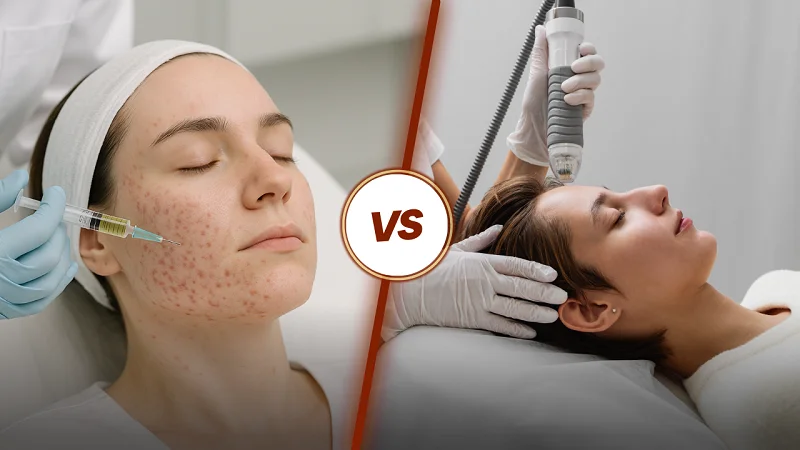
Following are the top 7 criteria for a thorough comparison between PRP and microneedling when you want to treat acne scars.
1. Procedure Overview
During PRP therapy, a medical professional extracts small blood samples from patients before using a centrifuge to extract platelet-rich plasma from other blood components.
The concentrated plasma with its high growth factor content is applied either to the skin surface or injected into scar tissue. The complete procedure duration lasts between 30-45 minutes and patients often receive topical numbing cream for comfort purposes.
The device used in microneedling technology uses fine needles that penetrate the skin surface to produce micro-injuries. The extent of these tiny punctures reaches from 0.5 to 2.5 millimeters depth based on the severity of scars.
During this process, the skin activates its healing mechanisms while enabling better penetration of applied topical treatments. A standard treatment session extends between 20-30 minutes without significant pain and discomfort.
2. Mechanism of Action
The natural healing processes of the body are accelerated through PRP therapy which delivers concentrated growth factors to damaged tissues. The platelets release proteins that activate cellular regeneration while simultaneously enhancing blood flow and stimulating collagen production.
This biological method reconstructs healthy tissue from within while filling in scar depressions to enhance skin quality and texture. PRP stands out when accessing acne scar treatment in Patna because of its natural healing properties.
Microneedling induces controlled wound healing by making microscopic channels in the skin. The treatment process encourages fibroblasts to produce new collagen and elastin fibers which are vital elements for developing smooth healthy skin.
The micro-injuries simultaneously help break down scar tissue and develop organized new tissue. This mechanical stimulation helps remodel scar tissue.
3. Effectiveness
Research indicates that both procedures produce substantial improvements for acne scars but the extent of improvement depends on the type and extent of scarring.
The treatment success rate for PRP reaches between 60-80% in scar appearance improvement after 3-4 sessions, especially when treating rolling and boxcar scars. Patients notice noticeable improvements after a 4-6 week waiting period as the treatment progresses through its stages.
As for microneedling, the scar texture and depth improves by 50-70% after patients undergo 4-6 microneedling sessions. This treatment delivers exceptional results for people with shallow to moderate scar conditions and it functions effectively across different types of scars.
Patients can expect to see noticeable results after two to three treatment sessions while the collagen remodeling process leads to additional improvements over several months.
People comparing PRP vs microneedling for acne scars should first talk to their dermatologist about the number of sessions and result time before opting for either of the treatment.
4. Safety and Side Effects
PRP therapy stands as a highly safe procedure because it utilizes blood from the patient, which reduces the chance of allergic reactions. The most common adverse effects from the treatment include minor swelling, redness, and bruising at the injection sites, which usually heal within 24 to 48 hours.
Some may experience either infection or temporary skin discoloration at the injection sites. However, it’s important to note that the injection sites rarely develop complications when the treatment is administered by a qualified dermatologist.
On the other hand, the side effects from microneedling treatments are normally temporary and mild with redness, swelling, and small amounts of bleeding being the most common immediate responses.
A few patients may experience skin dryness alongside minor flaking during the first few days. The risk of severe complications remains low when you adhere to the recommended post-treatment care instructions from your dermatologist.
5. Recovery Time
The recovery time for PRP therapy is minimal because patients can usually resume their regular activities within 24 hours. The treated area may appear slightly pink for 2-3 days.
However, swelling along with redness disappears within the first 1-2 days following treatment. Note that you need to protect your skin and avoid sun exposure and strenuous exercise during the first 24 to 48 hours following the treatment.
The recovery process after microneedling is fairly quick with any adverse effects resolving within 24-72 hours. Skin sensitivity together with mild peeling may affect the patients during the 3-5 day period following treatment.
Sun protection is crucial during recovery. If you get this treatment, you typically need to wait until the following day to resume work after treatment but avoid using makeup during the first 24 hours.
6. Cost
The cost of PRP therapy in India is usually more expensive than microneedling for each treatment session. The high expense stems from the need for specialized equipment and blood separation process.
Each patient requires 3 to 4 treatment sessions that need to be spaced 4-6 weeks apart, thus increasing the overall treatment cost significantly.
Microneedling price range is usually more affordable than PRP for acne scars in India. The lower cost of treatment makes it available to a wider range of patients, yet you may require multiple sessions for optimal results.
The overall expense of treatment depends on the number of sessions needed and the depth of needling required.
7. Long-term Results
PRP therapy delivers enduring effects which persist between 12 to 18 months or longer after treatment. The treatment promotes natural collagen production which leads to long-lasting structural changes.
Moreover, regular maintenance sessions every 6 to 12 months can help patients maintain their desired results. Working with the best dermatologist in Patna will ensure you receive the best possible treatment approach for long-term success.
The results from microneedling therapy usually last for 12-24 months. The collagen remodeling process continues throughout several months following treatment, and patients keep noticing gradual improvements during the first six months following the procedure.
Regular maintenance treatment sessions can be discussed with the dermatologist to maintain the results while treating any other new skin problems that may emerge.
Many patients with acne scars also wonder whether they can get both PRP and microneedling treatments or not. Let’s address this query as well.
Does Microneedling with PRP Work for Acne Scars?
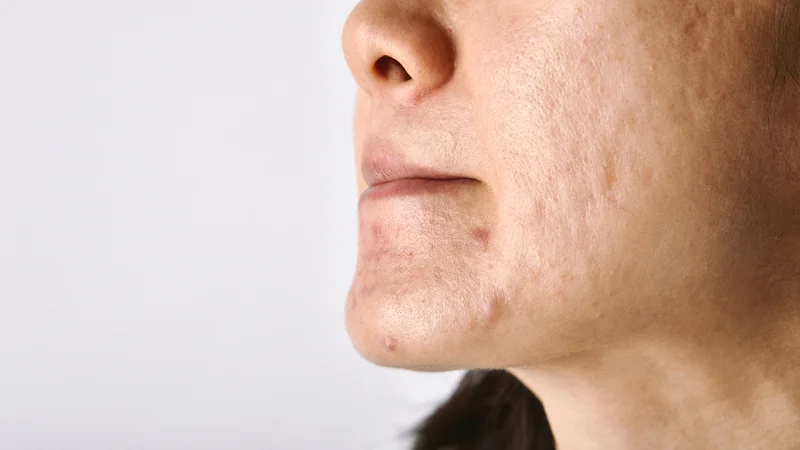
When comparing PRP vs Microneedling for acne scars, it’s also important to consider the alternative of a combination treatment.
The combination of microneedling and PRP therapy produces superior results for acne scars since each technique enhances the other’s benefits. The microneedling process establishes channels for improved PRP delivery while PRP growth factors enhance healing and promote collagen production.
The combined therapy delivers better results than the single treatment approach because patients may even achieve 70-90% improvement in their scar visibility.
The combination therapy will usually require 3-4 sessions, spaced 4-6 weeks apart. The enhanced outcomes from this combination treatment typically outweigh its increased price point.
Moreover, patients can also benefit from combining a chemical peel for glowing skin as part of their overall treatment strategy for acne scars. However, remember that there should be proper intervals between procedures to maximize benefits while reducing skin reactions and irritation.
Your dermatologist is the best person to get recommendations about the sessions and spacing between treatments. They will usually assess the scar severity and your current skin condition to make the most suitable recommendations.
Discover Your Best Acne Scar Solution at R Square Clinic
PRP and microneedling deliver reliable benefits to help patients manage their acne scars effectively.
PRP therapy offers longer-lasting results and natural healing through growth factors while microneedling provides an affordable option that stimulates collagen production.
Your specific scar type together with your budget and preferred result duration will determine which treatment would be best between PRP vs microneedling for acne scars.
You should consult with a qualified dermatologist who will analyze your unique situation to create the best possible treatment strategy.
Dr. Rizwana Barkat (MBBS, MD Skin & V.D) provides expert consultation and customized treatment plans for acne scar management at R Square Skin, Hair & Nail Clinic in Patna. Her professional assessment will help establish whether PRP therapy or microneedling or a combination therapy will provide the most suitable solution for your particular condition.
Acne scars do not have to be permanent marks on your face. With proper treatment and professional guidance, you can expect substantial improvements, which will help you regain confidence in your skin’s appearance.

